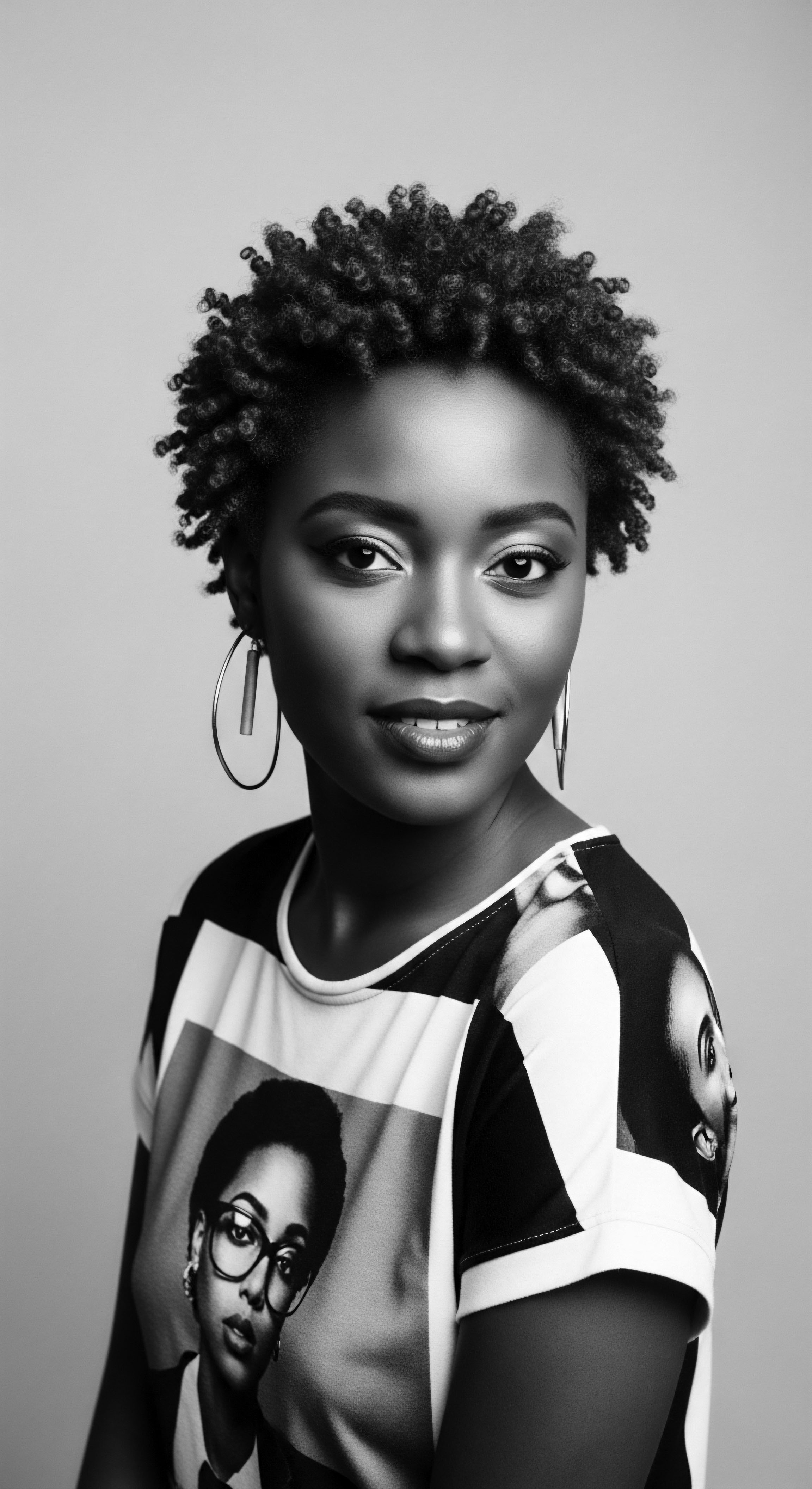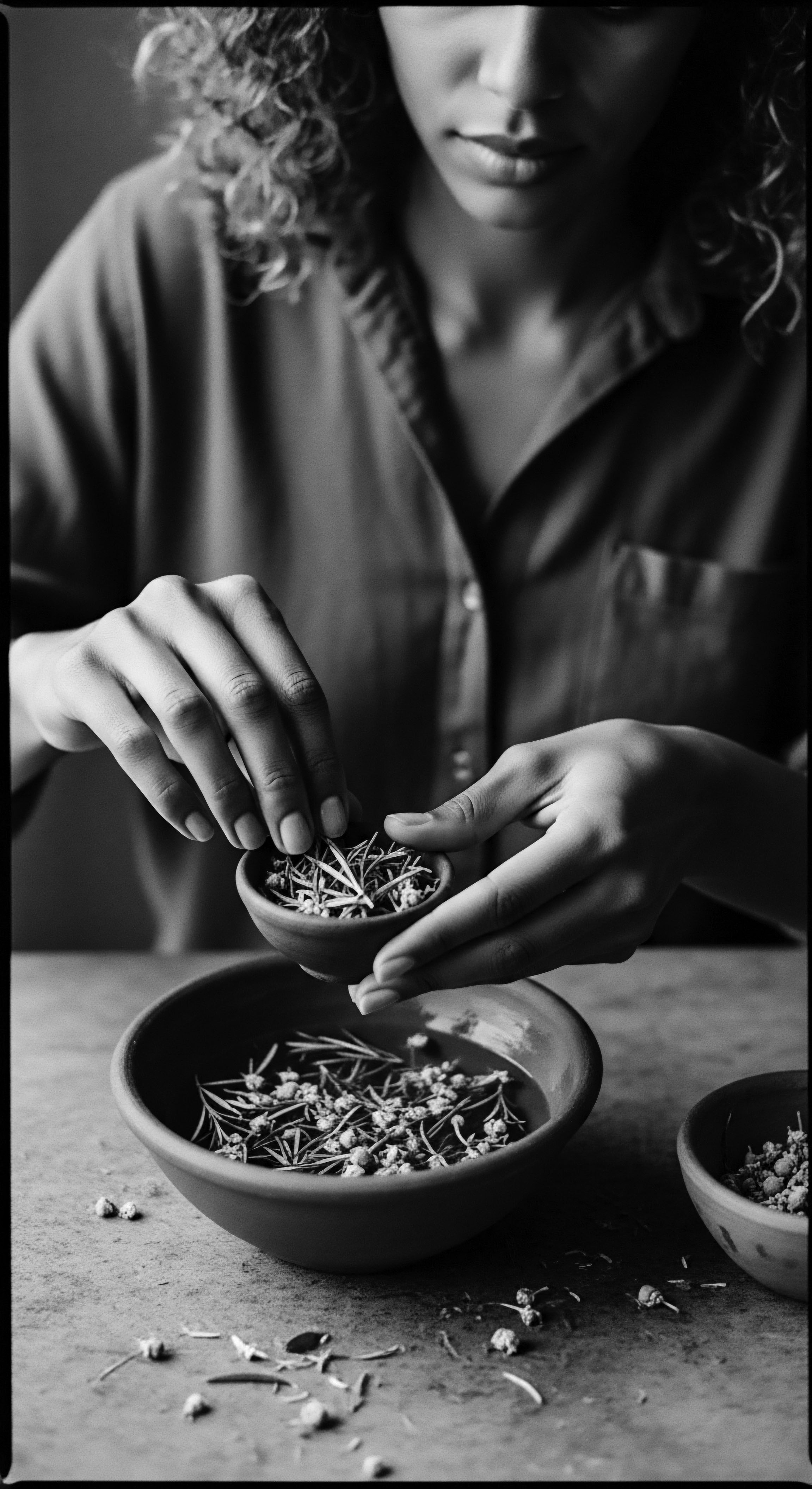
What materials were traditionally favored for nighttime hair protection in heritage communities?
Heritage communities primarily favored silk and satin for nighttime hair protection to preserve moisture and reduce friction for textured strands.
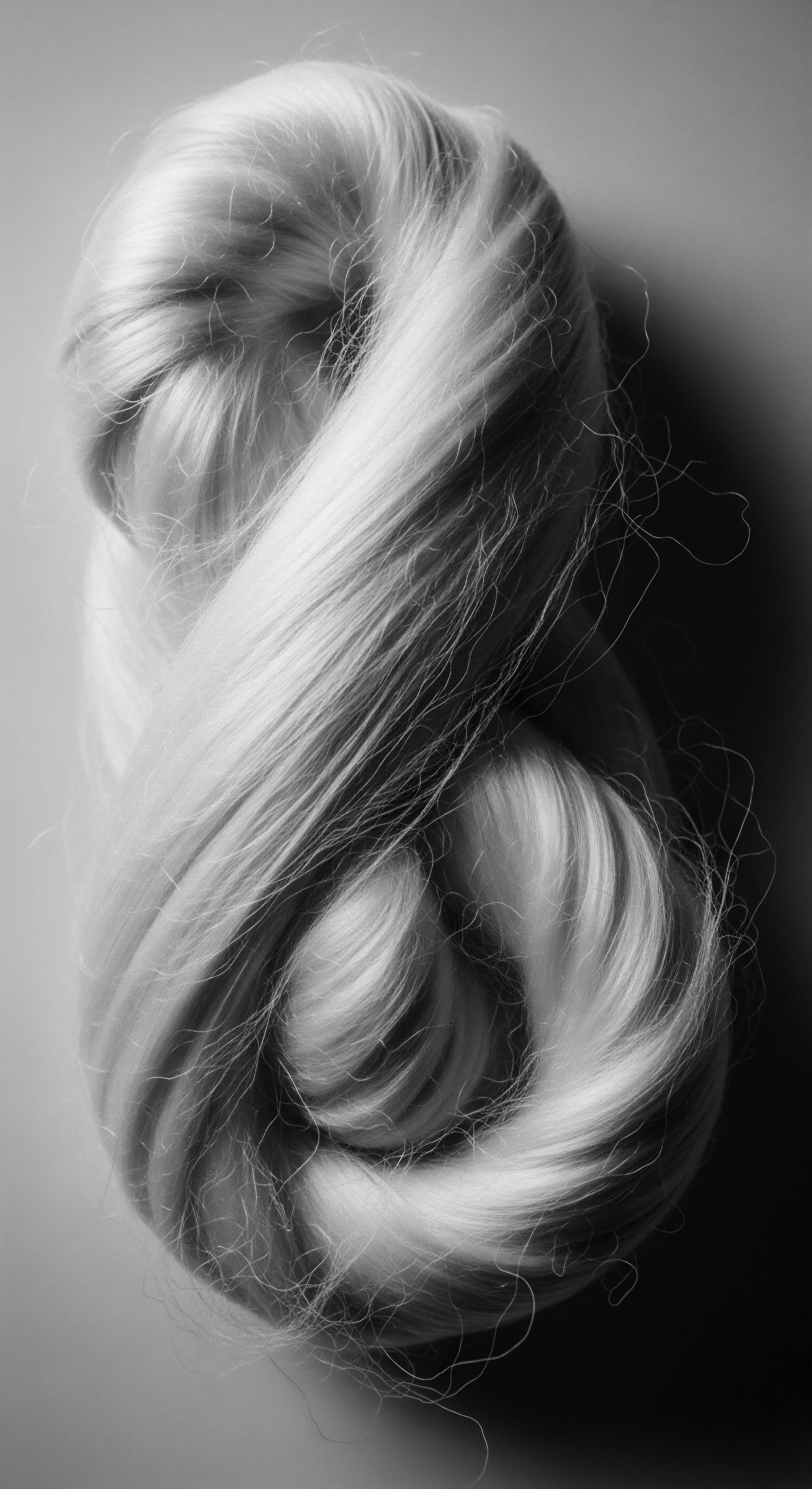
What specific hair benefits do satin bonnets offer textured hair?
Satin bonnets shield textured hair from friction and moisture loss, preserving its ancestral vitality and curl patterns.
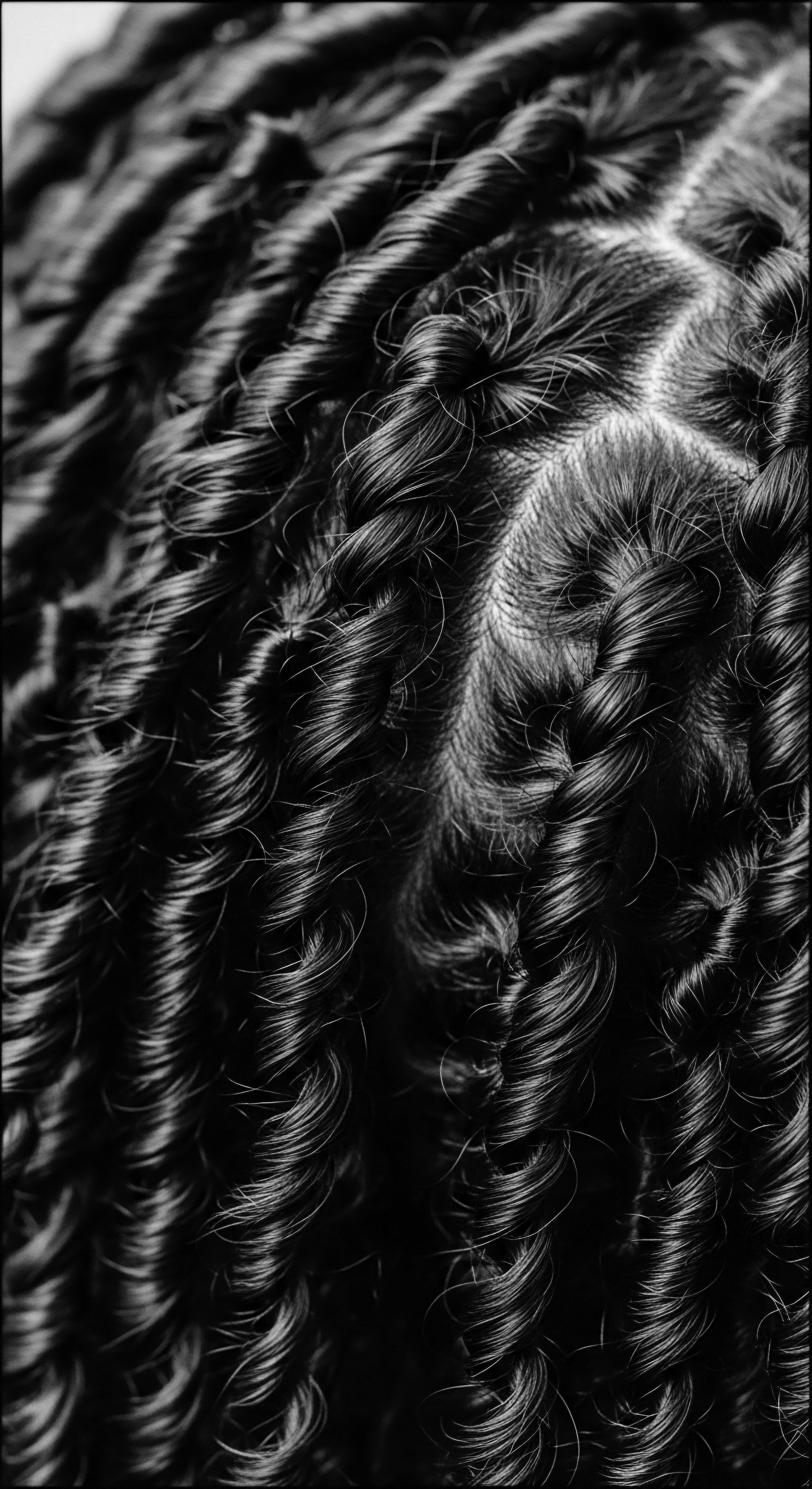
What historical fabrics shielded textured hair?
Historical fabrics, particularly silk and smooth weaves, served as crucial guardians for textured hair, a practice deeply rooted in ancestral heritage and cultural wisdom.
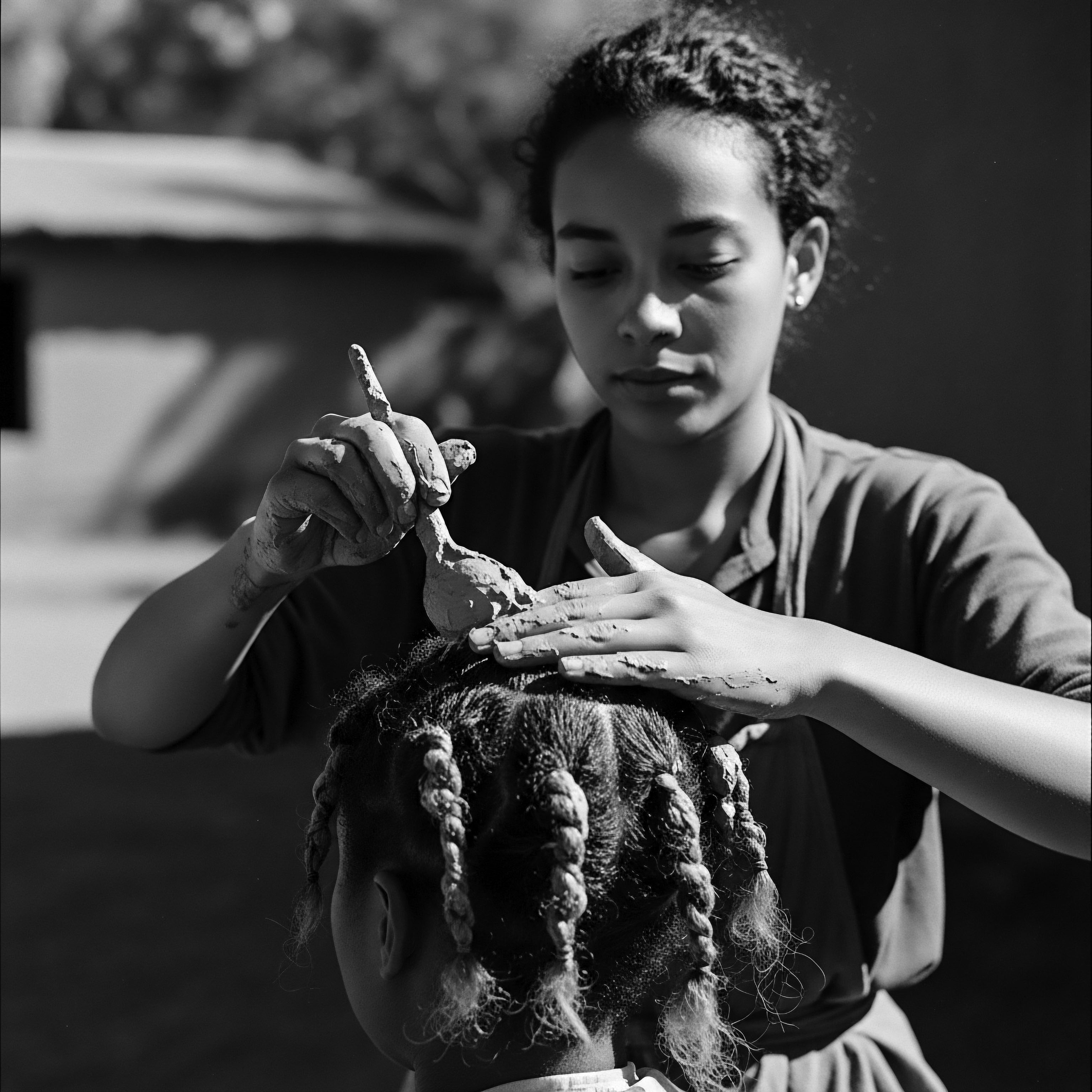
What materials are best for hair bonnets to preserve moisture?
Silk and satin bonnets, continuing an ancestral practice, best preserve moisture by minimizing friction and preventing absorption, honoring textured hair heritage.
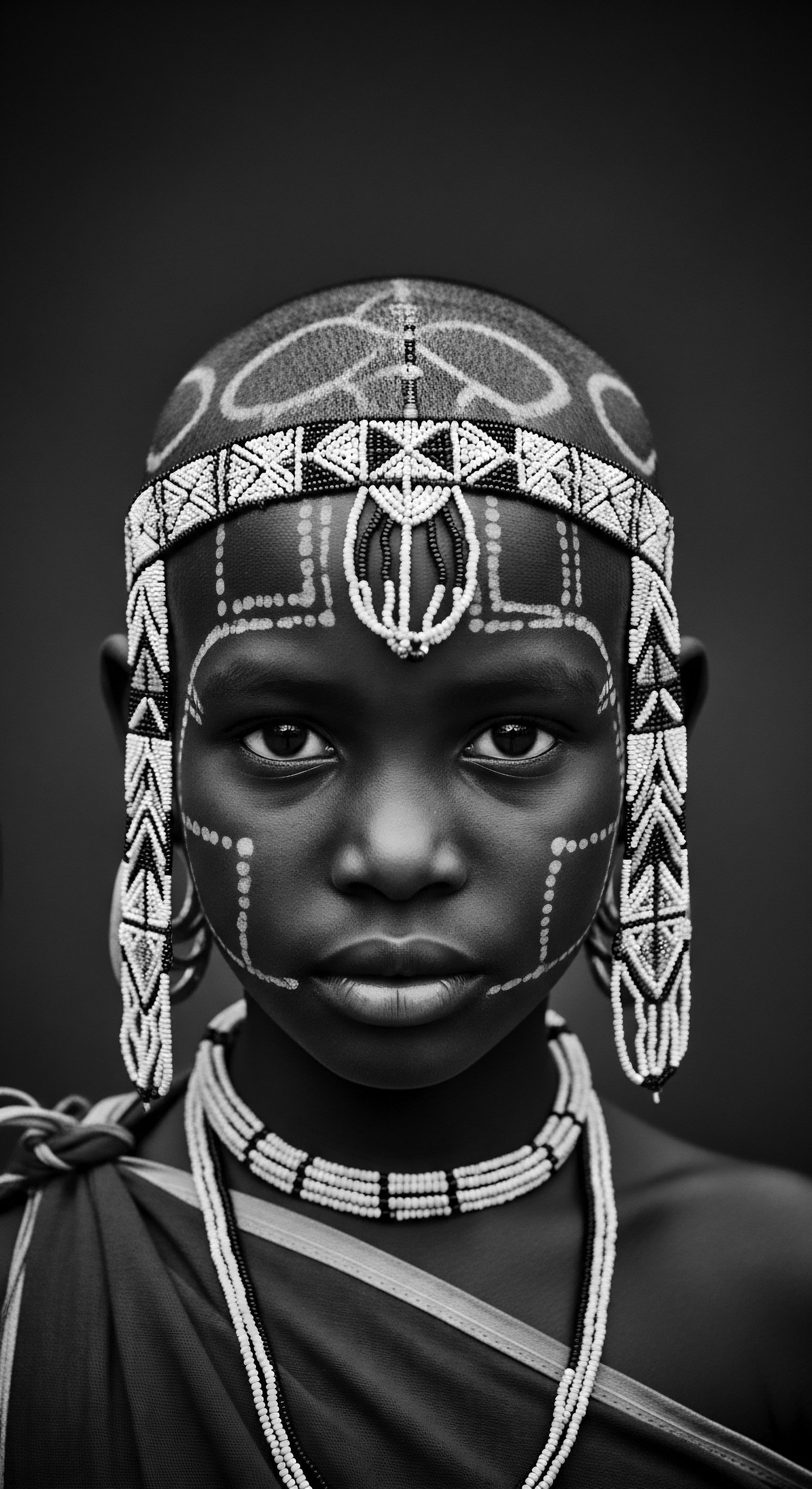
How does material choice in head coverings affect textured hair’s ancestral protection?
Material choice in head coverings, guided by ancestral wisdom, preserved textured hair by mitigating friction and retaining moisture, a practice rooted deeply in heritage.
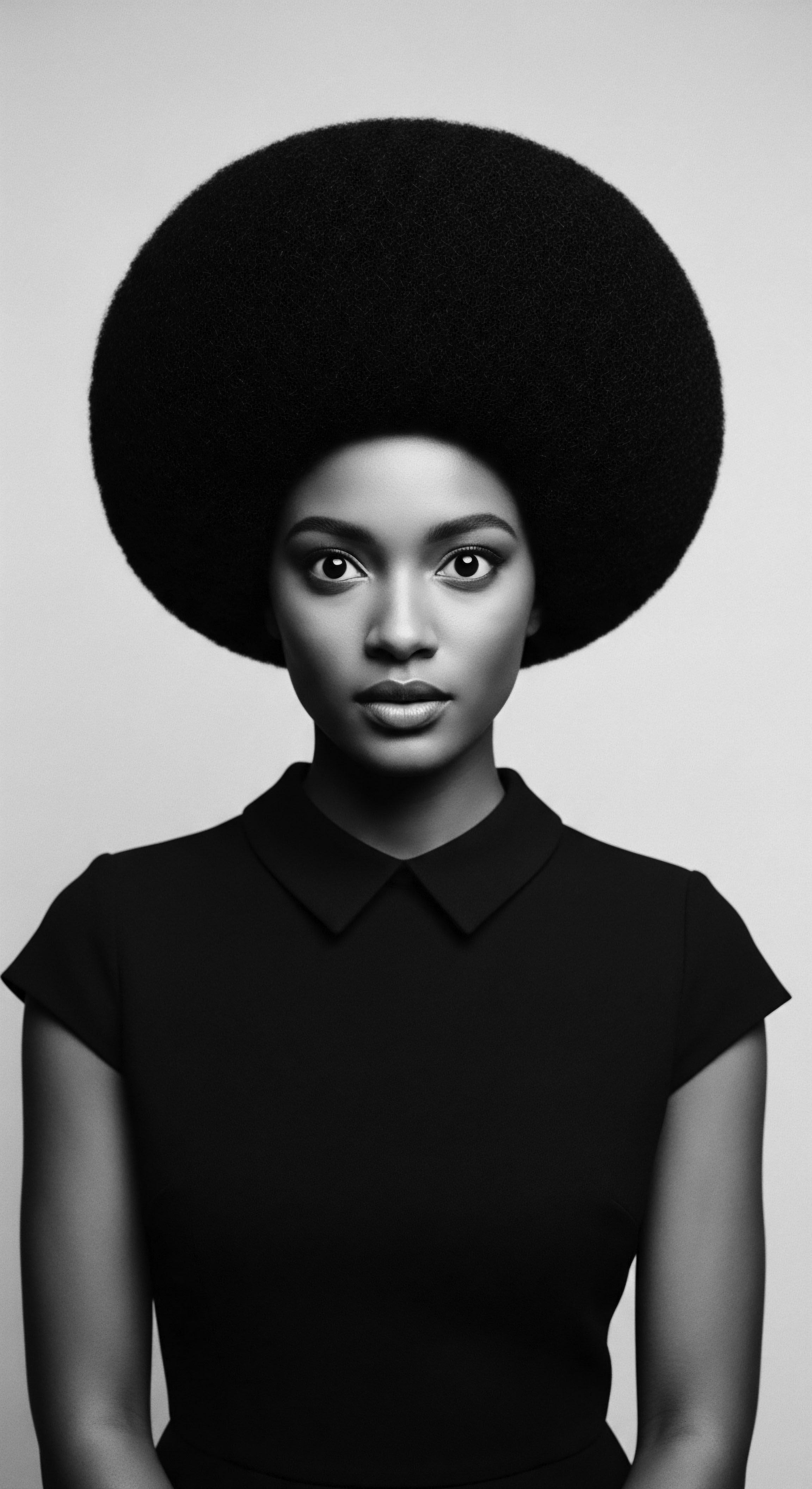
How do textile weaves affect textured hair moisture?
Textile structures influence textured hair moisture through friction and absorption, a phenomenon deeply recognized in ancestral care traditions.
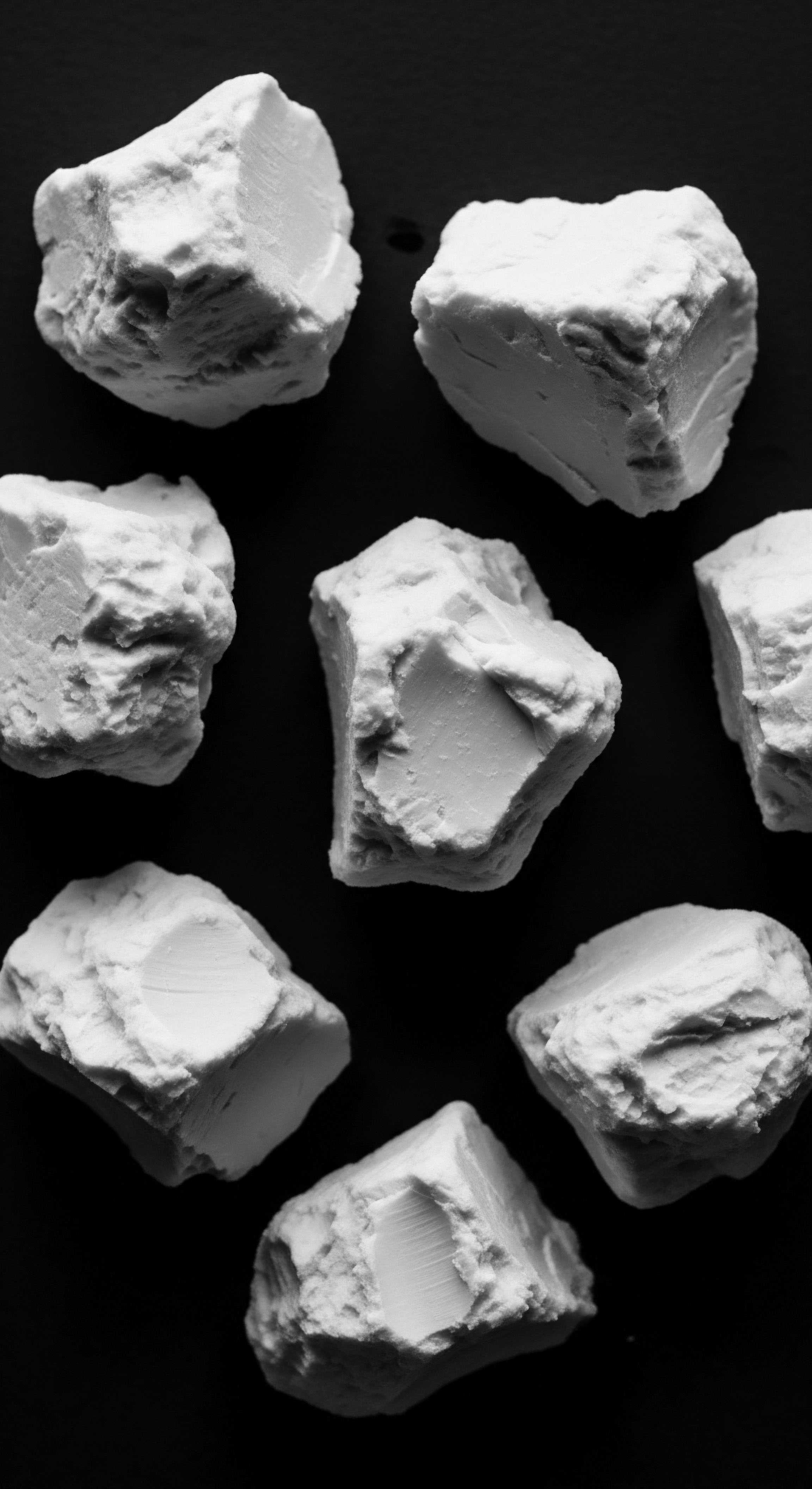
How do modern fabrics honor heritage hair care?
Modern fabrics honor textured hair heritage by offering gentle surfaces that reduce friction and preserve moisture, echoing ancestral protective practices.
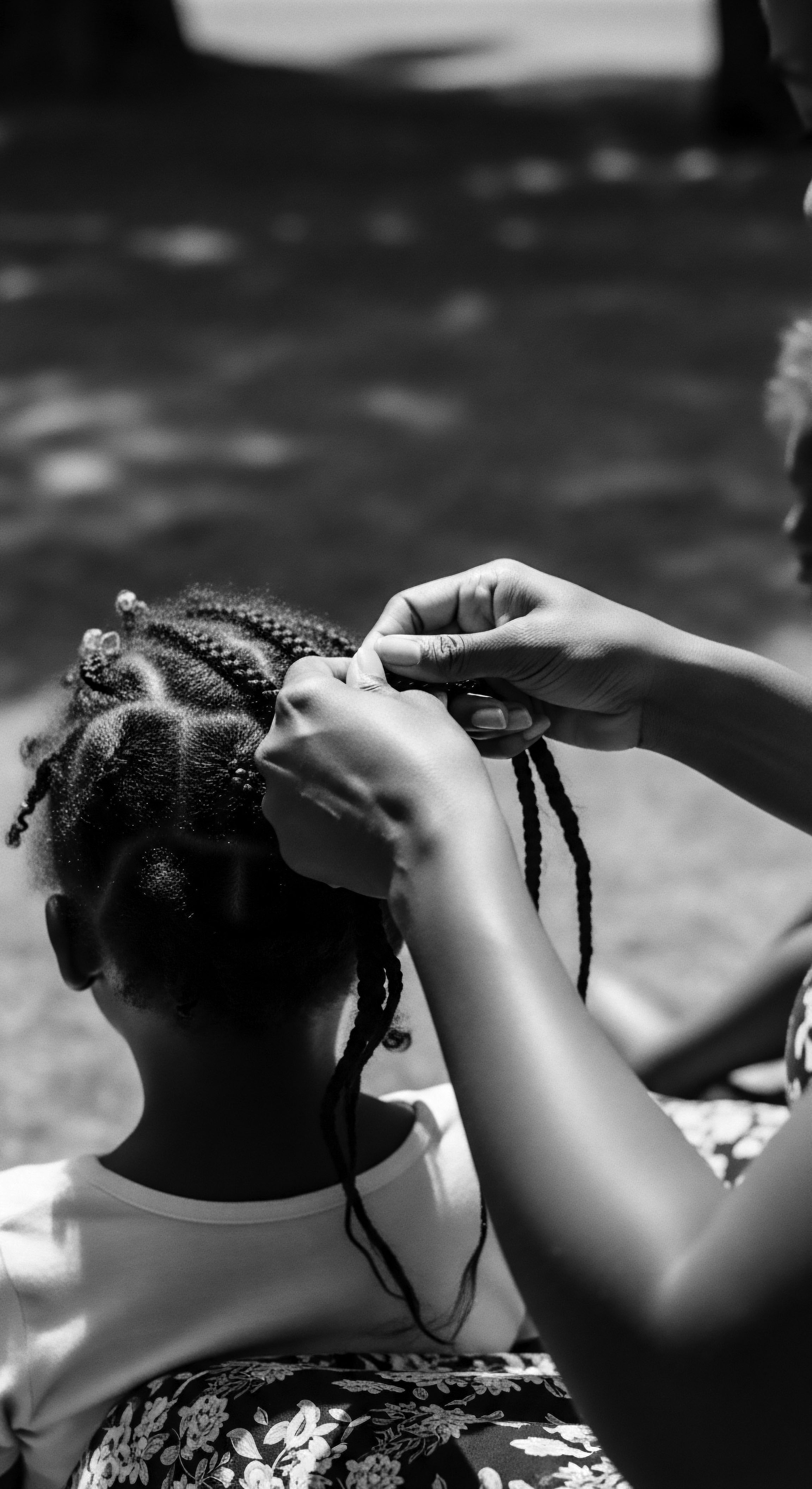
How do bonnets honor hair heritage?
Bonnets honor hair heritage by preserving textured hair's moisture and style, continuing centuries of protective ancestral practices.
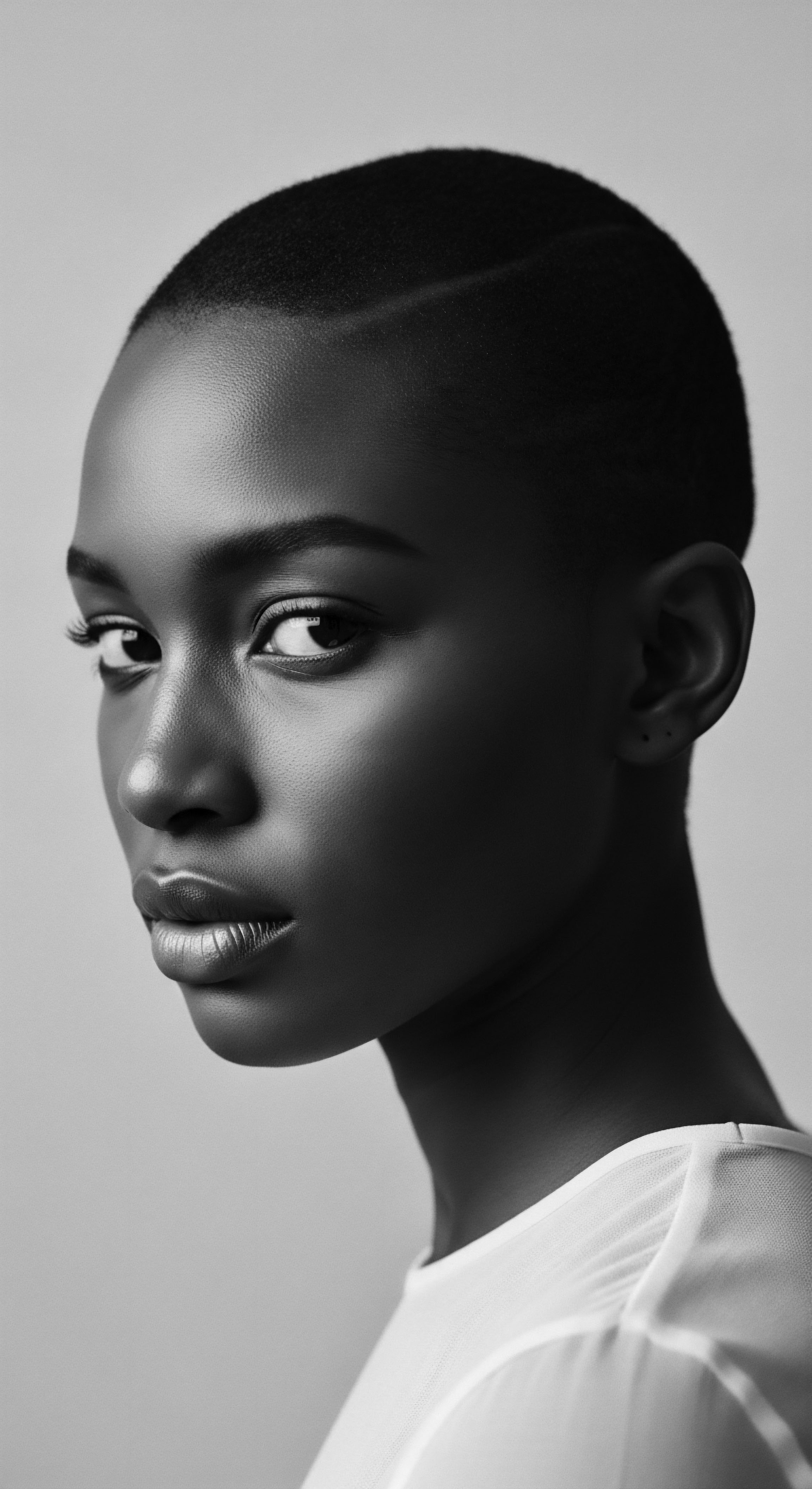
What benefits do bonnets provide for textured hair health and style longevity?
Bonnets protect textured hair by reducing friction and preserving moisture, a practice rooted in generations of ancestral care.
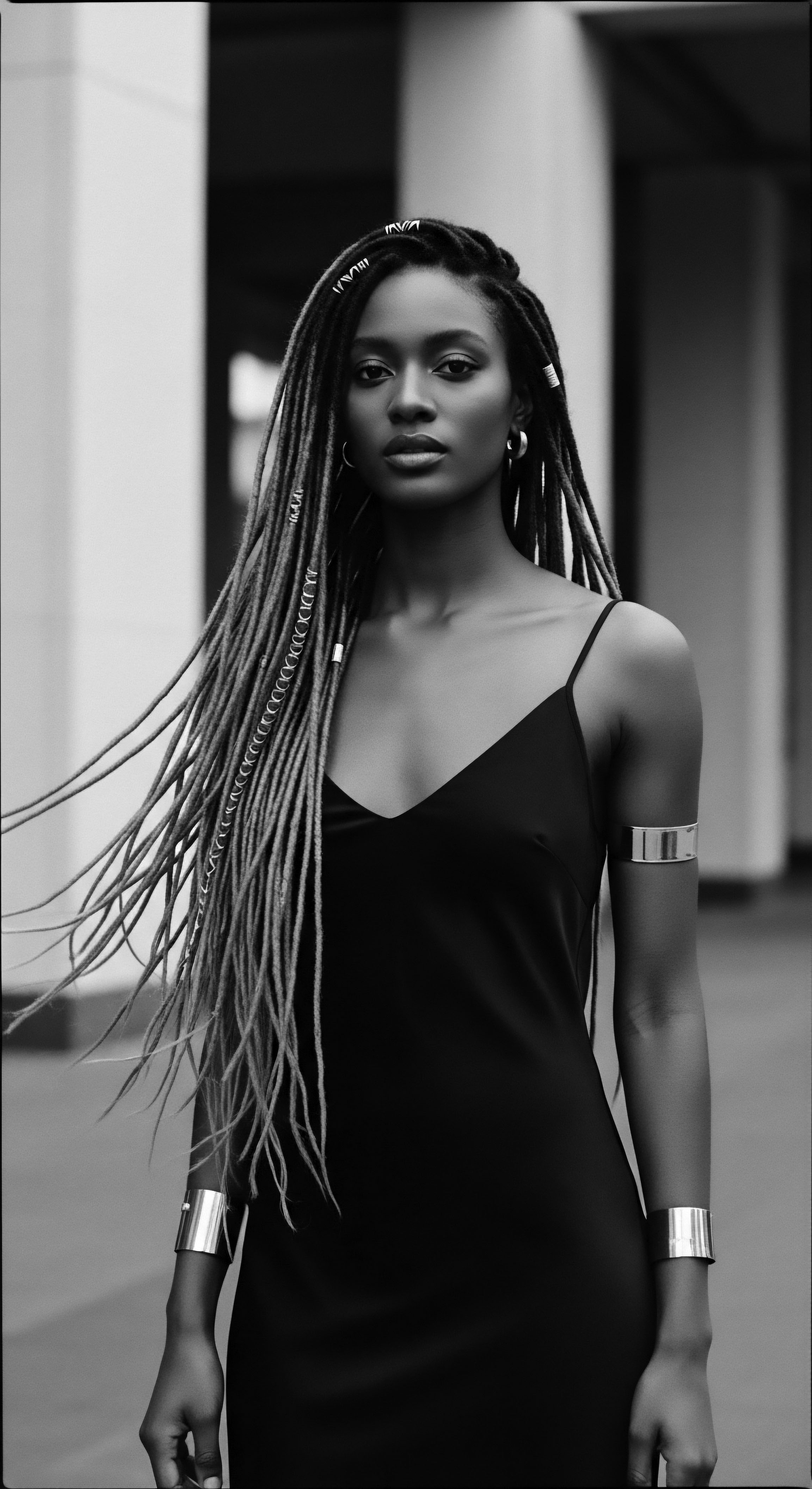
Which textiles protect textured hair at night?
Silk and satin textiles protect textured hair at night by reducing friction and preserving moisture, a practice with deep heritage in Black and mixed-race communities.
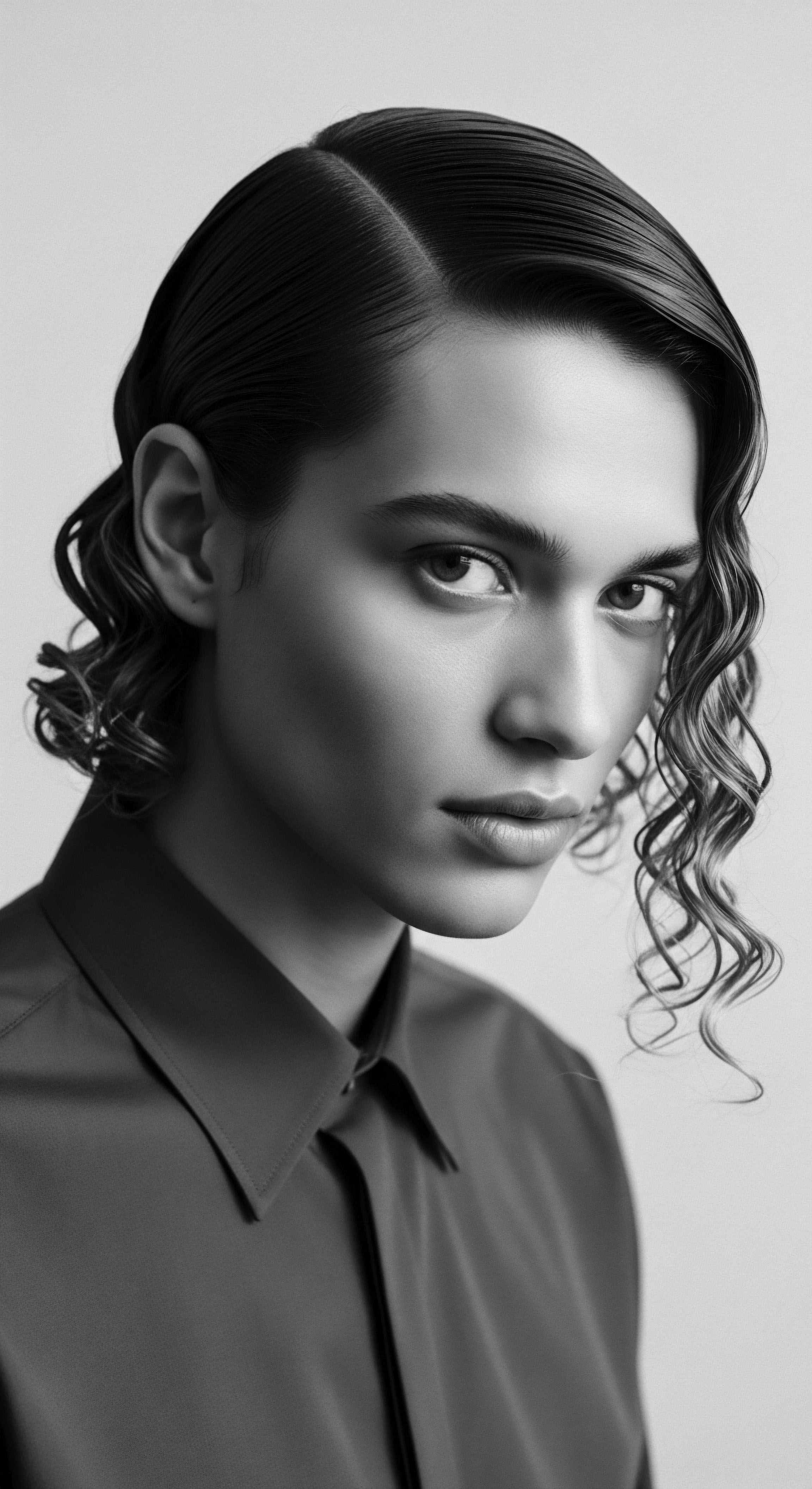
How do satin bonnets benefit textured hair?
Satin bonnets protect textured hair from friction and moisture loss, preserving its health and connecting to a rich heritage of head coverings.

